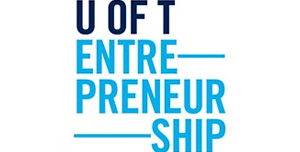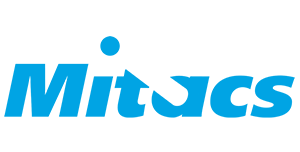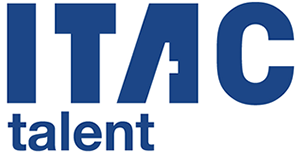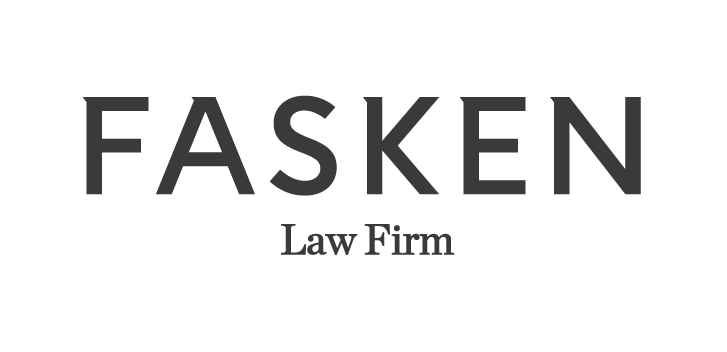Incorporating Your Business: Asset Transferrals and Tax Deferrals
If you ever decide to incorporate your business and transfer your assets into said business, legally you must sell them at their fair market value (FMV) to the corporation. For tax purposes though, it would be best to transfer your property at their tax cost. Section 85 of the Income Tax Act allows you to sell at a different value in order to defer a portion of the taxes that would have been incurred in the present day.
Section 85 allows you to defer tax to the transferor at the time of the transfer. The transferee (your corporation) must be a taxable Canadian corporation. Also, both you and your corporation must file a joint election in order for the section to be recognized (T2057 for an individual taxpayer to a corporation, T2058 for a partnership to a corporation). When transferring your property, you must receive some sort of “consideration” (payment) in return from the company. The consideration must consist of some shares, and the corporation is allowed to pay you some non-share consideration (such as debt or cash) as well.
The property you’re transferring to your new corporation must be considered as “eligible property” in order to use section 85. Non-eligible property would not qualify for the section 85 deferal.
| Eligible Property | Non-eligible Property |
| Capital propertyDepreciableE.g. equipment, buildingNon-depreciableE.g. land | Depreciable property that has a terminal loss and is transferred by an affiliated personYou can determine terminal loss using UCC, CCA, and FMV, as described in Article 3C |
| Inventory | Cash and prepaids |
| Resource propertyE.g. Licenses to drill natural gas | Real estate held for resaleReal estate owned by a non-resident of CanadaUnless it’s used in a business, then it’s fine |
Once you have determined if your property is eligible, you can elect your transfer price of the asset, which will become the sale proceeds to you (how much you have “sold” the asset for), the cost of the asset to the corporation (how much the corporation is “buying” the asset for), and the cost of the consideration you receive from your corporation as payment for the assets. When the corporation is given the elected amount, they allocate your consideration in the order of:
- Non-share consideration (up to FMV)
- Preferred shares (up to FMV)
- Common shares (whatever remains)
The elected amount must not be less than the non-share consideration amount the company is giving you. For inventory and non-depreciable property, your elected amount will be the lesser of the FMV of the asset and the cost of the asset. For depreciable capital property the elected amount will be the least of the FMV of the asset, the cost of the asset, and the UCC of the asset.
Tax Forms:
https://www.canada.ca/en/revenue-agency/services/forms-publications/forms/t2057.html
https://www.canada.ca/en/revenue-agency/services/forms-publications/forms/t2058.html
Resources
Agency, Canada Revenue. “Government of Canada.” Canada.ca, / Gouvernement Du Canada, 4 Sept. 2002, https://www.canada.ca/en/revenue-agency/services/forms-publications/publications/it125r4/archived-dispositions-resource-properties.html.
Buckwold, William, et al. Canadian Income Taxation, 2021/2022. McGraw-Hill Education, 2021.




































